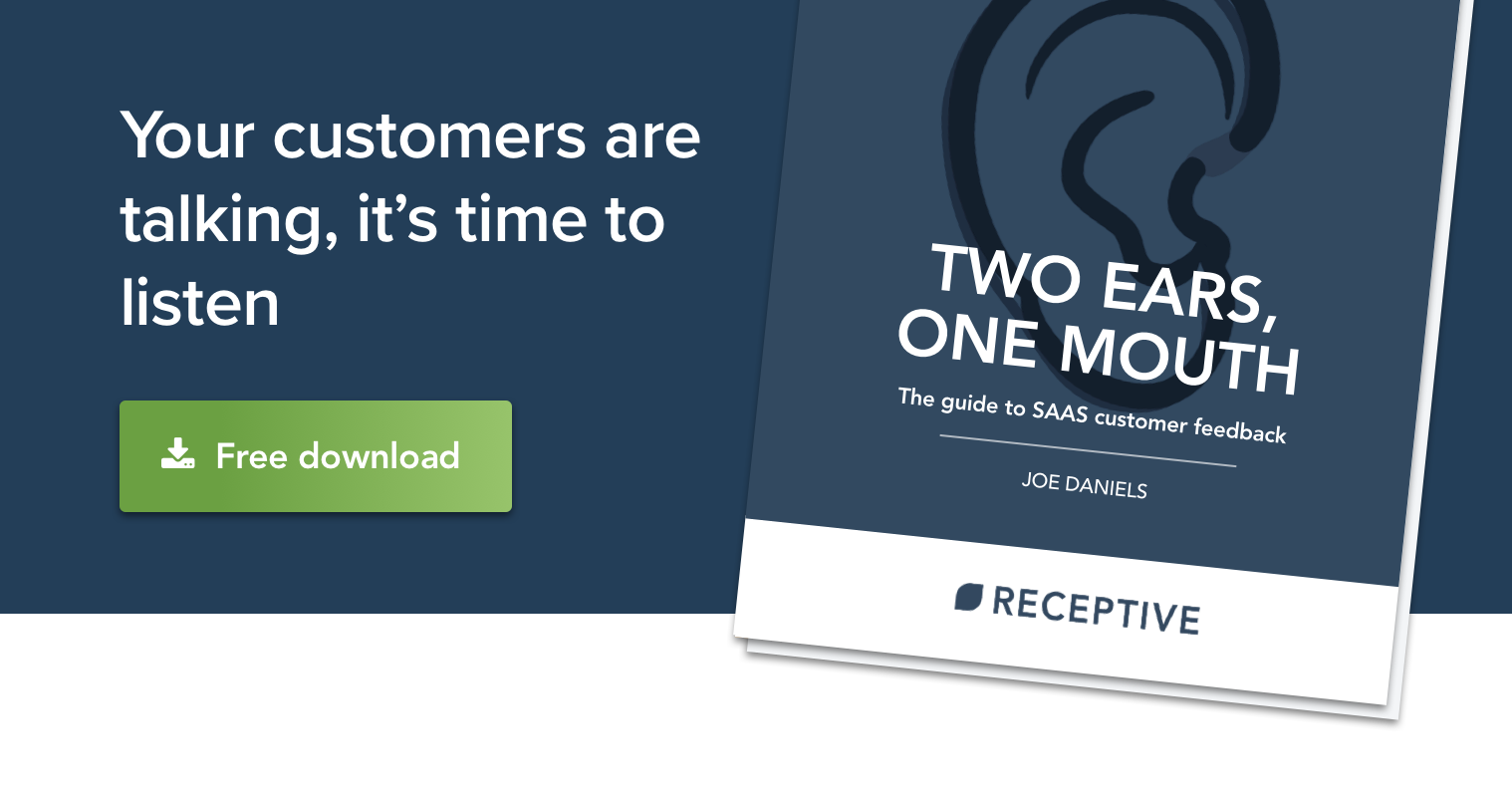Back, say, fifty years ago, products were pretty stagnant. It probably didn’t seem that way at the time, but it took a while to develop products and add new features, and even then people had on-premise software that wasn’t easy to update.
Any market research or customer feedback had to be painstakingly collected in focus groups or mail campaigns.
And then once you released a new product or feature, you had to let people know about it. Probably by carrier pigeon or something. I don’t know.
My point is, the world moves a whole lot faster now than it did in the past. And in the SaaS world, it’s even faster.
If you don’t keep up with the new ways of doing things, then you’ll never succeed.
And one massive disruption to how companies collect and receive feedback is something that we all take for granted today…
Social media.
A Game Changer
We spend, on average, just over two hours a day on social media.
Most brands and companies quickly spotted the growing opportunity to use the platforms to market themselves and develop relationships with their fans and customers.
It all happened virtually overnight, at least in the grand scheme of our existence.
This graph shows how searches for “social media marketing” has surged in popularity from 2008 to now.
In just ten years it’s become part and parcel of everyday life, and is now a key part of most SaaS companies’ marketing strategy.
But soon after brands flocked to social media in their hopes to market themselves and peddle their goods, something else happened.
Customers began to wise up.
A Chance to be Heard
Customers started to realize that someone was listening. Perhaps it was merely a lowly minion of a multinational conglomerate, a small cog in a gargantuan machine, but it was someone.
Here was a direct line to a company. You could instantly post a status, compose a tweet, send a message, to any company in the world.

Even more interesting, it was a public forum. So other people could see the interactions and add their own thoughts and opinions.
Companies had no choice but to start replying to their customers.
And sprinkled throughout all of these conversations and interactions, both positive and negative, was something pretty important…
Feedback.
Feedback is Everywhere
Envisioning feedback as a loop is nothing new. It’s a key principle to how business is conducted, and always will be.
At a basic level, it’s polite. At a business level, it’s what turns conversations into relationships, customers into advocates.
If you have a fairly large social media presence, then chances are you’re receiving feedback on platforms like Twitter, Facebook, and LinkedIn.
How much attention are you paying to that feedback?
If the answer is somewhere between none and a little, then you have a problem.
SaaS companies have to understand that feedback can come in many forms, in many mediums, in many places. It’s no longer confined to angry emails that flood your Support team’s inbox.
Feedback is everywhere. So you should be keeping an eye out for it everywhere.
And if that feels a bit overwhelming, then it’s time to take control.
Three Things
There are three simple things you should do with every piece of feedback you receive, including those you receive via social media.
Firstly, you need to acknowledge the feedback and thank the customer for it. Explain that you take feedback seriously and you’ll be sure to pass this on to the relevant team.
You’d be amazed how many companies simply ignore customers when they provide feedback. And, as you should already know by now, that never ends well.
Secondly, you need to take that feedback and store it somewhere. At Receptive we’re always droning on about how important it is to keep feedback in one centralized location.

Doing this makes it easier for departmental teams to access, easier to analyze, and easier to keep track of. To summarize: It makes it easier.
Thirdly, you need to keep the customer in the loop. At some point, whether it’s five days or five months, you’ll have to make a decision about whether you’re going to implement the feedback. No matter what that decision is, you need to tell them.
Why? Well because you’d be rude not to, for starters, but also because it means you can explain your side of the story.
Tell them why you aren’t building their feature, or explain that you’re working on it. Just be open and transparent with them. They’ll love you for it, I promise.
What’s Next?
Nobody really knows what the next major source of feedback will be, and as people start leaving social media behind (and that will happen eventually) I’m sure other avenues will pop up.
But right now, social media is the big thing, and customers are leaving feedback there whether you like it or not. So you might as well pay attention and use it to improve your product.
Like I said right at the start of this post…
If you don’t keep up with the new ways of doing things, then you’ll never succeed.
So you’d best get started.




